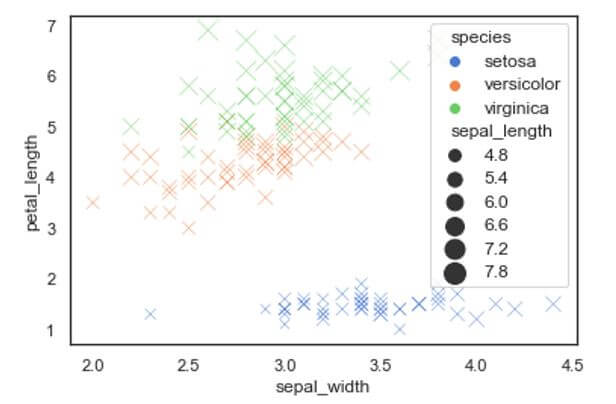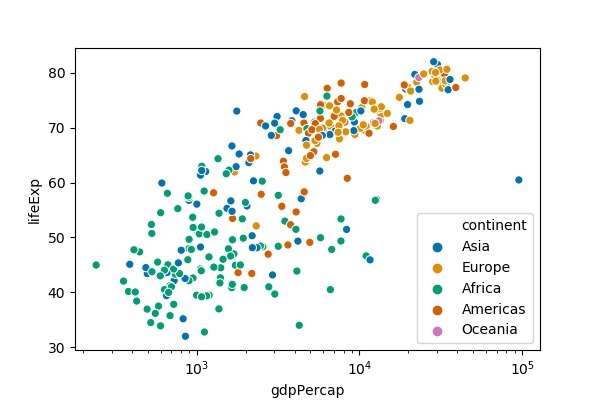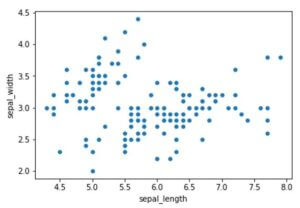

The method for choosing the colors to use when mapping The variables that specify values on the y axisĪ grouping variable that produces points of different colors (either categorical or numeric)Ī grouping variable that produces points of different size (either categorical or numeric)Ī grouping variable that produces points of different style (either categorical or numeric) The variables that specify values on the x axis The data structure to use, such as a Pandas DataFrame The table below breaks down the parameters available in the sns.scatterplot() function: Parameter Let’s explore these parameters to better understand their behavior, including any default arguments that are passed in. What you’ll learn throughout this tutorial Plt.legend(bbox_to_anchor=(1.05, 1), loc='upper left', borderaxespad=0) Plt.title('Exploring Physical Attributes of Different Penguins') We can see that the function offers a ton of different parameters.īy making good use of these parameters, we can create incredibly useful visualizations, such as the one shown below: # What you'll be able to do at the end of this tutorial Sns.scatterplot(data=None, x=None, y=None, hue=None, size=None, style=None, palette=None, hue_order=None, hue_norm=None, sizes=None, size_order=None, size_norm=None, markers=True, style_order=None, legend='auto', ax=None)

Let’s take a look at how the function can be used: # Understanding the Seaborn scatterplot() Function
#Seaborn scatter plot legend number how to
This allows you to better understand how to use the function and what is possible with it. Understanding the Seaborn scatterplot Functionīefore diving into how to create and customize scatterplots in Seaborn, it’s important to understand the scatterplot() function. How to Add Labels to Python Seaborn Scatter Plots.How to Add a Title to a Python Seaborn Scatter Plots.Adding Multiple Scatterplots in Python Seaborn Using Facetgrid.How to Make 3D Scatterplots in Python Seaborn.How to Add a Line to Python Seaborn Scatter Plots.How to Change Markers in Python Seaborn Scatter Plots.How to Change Marker Size in Python Seaborn Scatter Plots.How to Add Color to Python Seaborn Scatter Plots with Hue.How to Create Python Seaborn Scatter Plots.Understanding the Seaborn scatterplot Function.There are some more advanced details in the following.

Perhaps a more sensible alternative is creating a proxy just for the legend (or add two separate legends). # Without having access to the same data/objects you do I cannot test.Īx.legend((dot, dot2, dot3, rfit_line), ('18-34','35-49','50+', 'regression_fit'))

# I think you should be able to simply tag it on. This is a bit sketchy for a proper project. There must be a better way to get that reference so consider your options. I think one of the oddities is that what you really need from the regplot function is a return of the objects it creates (paths, polys, lines etc.), the return of an axis is unhelpful.Īn ugly fix if you only have one line plotted on this axis is to get the object reference with the following function (it doesn’t have to be a function but this whole method of working is a bit backwards). I’m afraid I’m just not that familiar with seaborn so I’ve no idea if this is a quirk related to that or not. When you say add more plots on the last line what exactly do you mean?


 0 kommentar(er)
0 kommentar(er)
